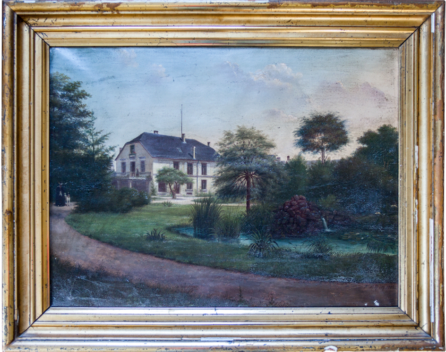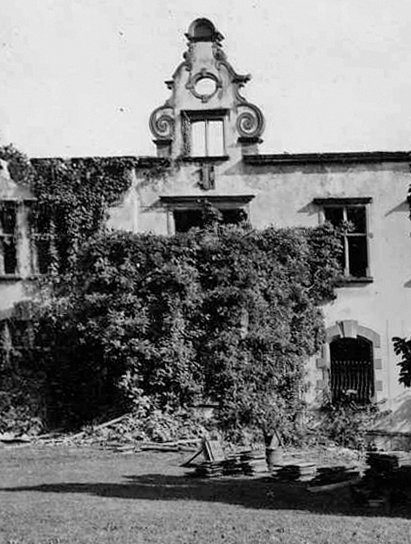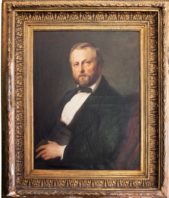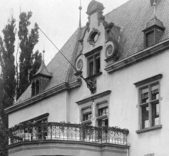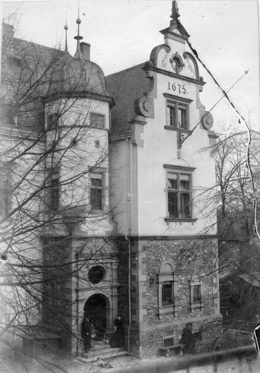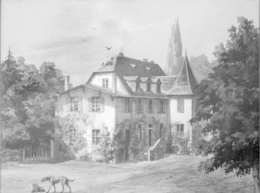Gut Nettehammer
History of the Manor
The mild climate, fertile soil, and plentiful water supplies from the Nette and Rhine ensured that the area around Nettehammer Manor was settled long, long ago.
The Romans used the land where Nettehammer now lies as a harbour, for the Rhine surged over three kilometres here, into the Nette estuary. Archaeological evidence indicates that magnificent Roman villas once stood in the meadow district “Langentrog”, on the site of the current estate. Samian wares, iridised glass, oyster shells and rare marble illustrate the splendour and riches of Roman life- perhaps one reason why Andernach, founded by the Romans, is Germany’s second-oldest town.
1138
The first mention of the estate, by the name of “Nettemühle”, was in 1138. In 1727, the Abbess von der Hees oversaw the conversion of the original grain mill into a forge. This remained the property of the St Thomas Abbey, used chiefly for the manufacture of nails, until 1803. Napoleon’s politics of secularisation brought a new owner to Nettehammer. In 1808, the estate was extended: by this time, four water-driven hammer mills were producing 175 tonnes of rod iron each year. Over 100 mill hands, wood workers and char burners were employed during this period.
1846
In 1846, Nettehammer came to the family of the current proprietor. His Great-Great-Great-Grandfather, Peter Backhausen, bought Nettehammer and extended the estate by affiliating it with the Miesenheim tack business, “Quirin und Dreher”. After several renovations, the forge’s heyday came in the period between 1860 and 1923, under the stewardship of Great-Great-Grandmother Baroness von Sulzer-Wart. Newly-laid drainage systems and a pond ensured ample energy generation, and irrigation of the agricultural surfaces. During this period, 120 workers were employed at 17 hammers, producing metal crockery, pots and tacks.
1905
Meanwhile, alongside booming industry, musical life thrived. The family’s artistic and musical interests were shared with well-known contemporaries: Johannes Brahms and Gerhard Hauptmann were guests on the estate, as well as Henry van de Velde. In 1905, the friendship between this famous Belgian architect and the Great-Grandparents brought extensive alterations to the old manor house. Alongside renovations to the outer façade, he also customised the interiors with magnificent furniture and silver. His work was annihilated in the Second World War, when bombs partially destroyed the manor house.
1930
From the second half of the 19th Century, agriculture came into focus alongside the industrial business. After the worldwide economic crash and the death of the current proprietor’s Great-Grandfather, his wife Elly von Scheel could no longer keep up the industrial business and therefore concentrated her efforts on agriculture. This decision saved the family after the nail factor’s insolvency in 1930. Today, Nettehammer’s agricultural business is leased out. The buildings are inhabited, and the stalls house resident horses. The stables also include pasturing, an outdoor riding ground, and an indoor arena. The resulting atmosphere creates a true sense of rural paradise, well loved as a venue for weddings, family celebrations and corporate events.


